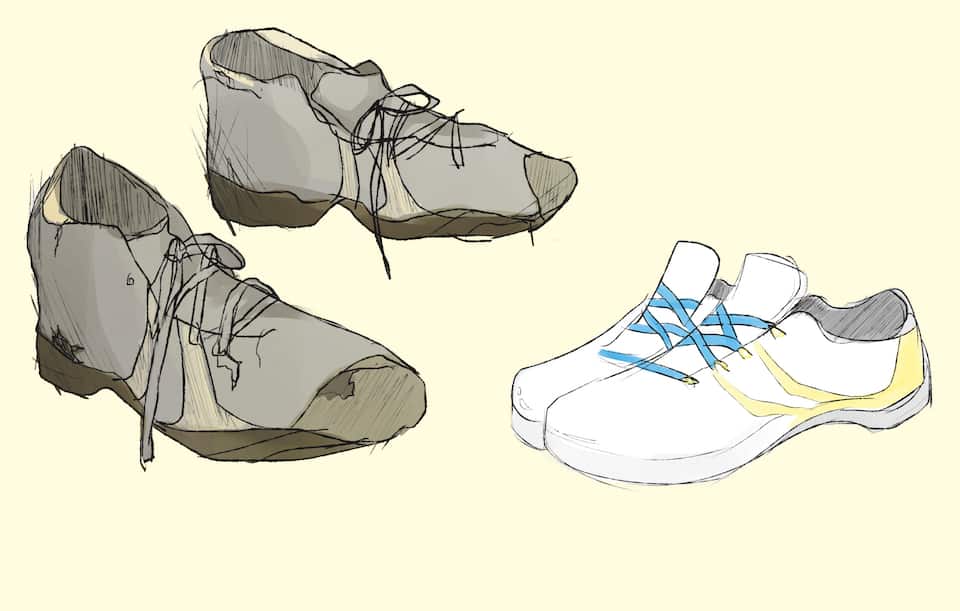In track and field, a masters athlete is a competitor over the age of 30.
“A lot of people are not aware of track and field [let alone masters],” explains Theresa Rozario, a University of Toronto Track Club (UTTC) masters athlete. “[But] once I explain our workouts, our competitions, they are impressed,” she adds.
UTTC masters can choose to participate for fun or take their interests to a higher level and compete against other masters.
For masters athletes in the latter category that are interested in competition, getting the right kind of coaching is essential — since factors such as age-related muscle loss or sarcopenia are a natural part of the aging process.
So how do coaches train masters athletes to ensure optimal benefits with minimal risk of injury? Varsity Blues coaches are in the clear here when it comes to training their athletes, as sarcopenia only begins after age 30. Up until that point, when we train our muscles they naturally grow bigger and stronger, but building strength for masters is no less of a requirement when training with the intent to compete.
UTTC sprint coach Chris Lemassif says, “Masters often come from several years, sometimes several decades of inactivity, so the starting point of their training usually has to be much lower for both volume and intensity.”
This is a point Rozario seconds: “my body keeps telling me to take it slowly… if I don’t listen… well you know what happens… [my] body wins!”
Nicky Slovitt, another UTTC masters athlete, says she tore the ligaments in her ankle warming up for a relay a couple of years ago; it’s now a chronic issue if she’s not careful. “Last summer while training for France I re-injured it because I trained too hard getting ready. Sometimes less is more,” she said.
The goal for masters coaches then is two-fold: they must not only spot injuries as soon as they happen but also take into consideration age-related conditions and create specific programs to prevent these types of injuries.
Speed City Track Club coach Steve Dos Santos, explains how he trains his masters athletes to avoid injury. “Normally we don’t get injuries,” he says. “First I assess the athlete’s ability then decide whether or not the athlete can handle the workout for that session.”
This suggests that a coach may have to devise many routines to suit individual athletic needs, and that challenging and pushing any athlete to their limit requires several meticulous steps. Dos Santos says he “tends to keep the volume lower depending on whether the athlete is already trained, like a varsity athlete who becomes a masters.”
Coaches must pay attention to each individual athlete before the next challenge can begin. Masters must gain a certain amount of strength before moving on to the next challenge, otherwise they risk injury.
Lemassif says, “An important aspect of training is progression… Masters’ bodies are slower to adapt, so the progression has to be much slower.” While Dos Santos maintains that on balance, while masters can handle less training than varsity athletes, the quality is higher.
Here’s a sobering thought: all coaches are not created equal, and some may not know when their athletes become injured or fully understand what to do when they are injured.
For masters athletes, injuries sustained in training and competition are common, and the road to rehabilitation can be long.
Through progressive resistance training and smart coaching, masters athletes — myself included — can regain their strength and return to the competition circuit better and faster than ever before.


